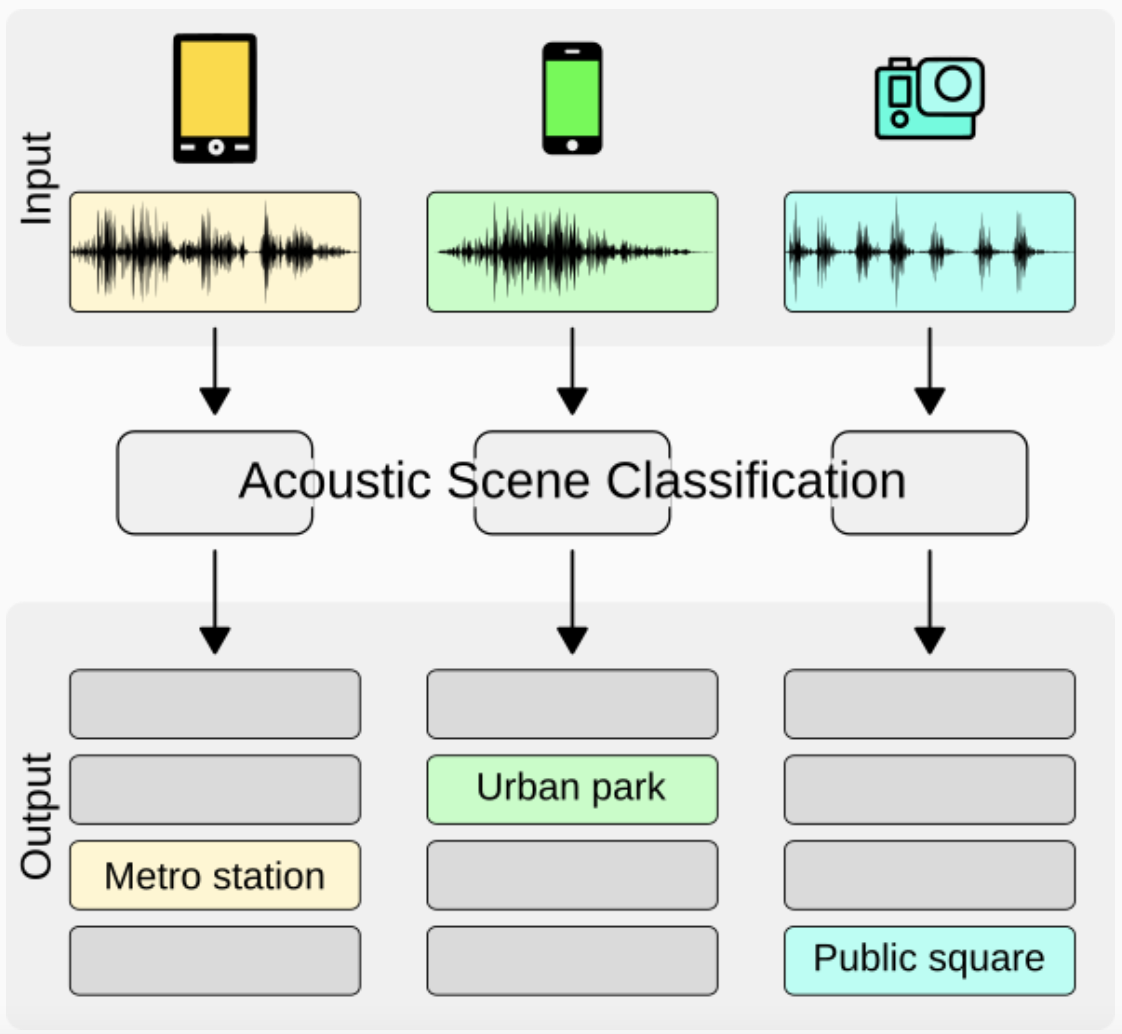What is Audio Classification?
Audio classification is a type of machine learning technique used to categorize audio data into predefined classes or categories. This can be done using various algorithms and techniques such as supervised learning, unsupervised learning, and deep learning.

Definition
Audio classification involves training a model on a dataset of labeled audio samples, where each sample is associated with a specific class or category. The trained model can then be used to predict the class or category of new, unseen audio samples.
Where can you find AI Audio Classification models
This is the link to use to filter Hunggingface models for Audio Classification:
https://huggingface.co/models?pipeline_tag=audio-classification&sort=trending
Our favourite Model Authors:
The most interesting Table Question Answering project
One of the most interesting Table Question Answering projects is called VoxLingua107 ECAPA-TDNN Spoken Language Identification Model.
This is a spoken language recognition model trained on the VoxLingua107 dataset using SpeechBrain. The model uses the ECAPA-TDNN architecture that has previously been used for speaker recognition.
The model can classify a speech utterance according to the language spoken. It covers 107 different languages ( Abkhazian, Afrikaans, Amharic, Arabic, Assamese, Azerbaijani, Bashkir, Belarusian, Bulgarian, Bengali, Tibetan, Breton, Bosnian, Catalan, Cebuano, Czech, Welsh, Danish, German, Greek, English, Esperanto, Spanish, Estonian, Basque, Persian, Finnish, Faroese, French, Galician, Guarani, Gujarati, Manx, Hausa, Hawaiian, Hindi, Croatian, Haitian, Hungarian, Armenian, Interlingua, Indonesian, Icelandic, Italian, Hebrew, Japanese, Javanese, Georgian, Kazakh, Central Khmer, Kannada, Korean, Latin, Luxembourgish, Lingala, Lao, Lithuanian, Latvian, Malagasy, Maori, Macedonian, Malayalam, Mongolian, Marathi, Malay, Maltese, Burmese, Nepali, Dutch, Norwegian Nynorsk, Norwegian, Occitan, Panjabi, Polish, Pushto, Portuguese, Romanian, Russian, Sanskrit, Scots, Sindhi, Sinhala, Slovak, Slovenian, Shona, Somali, Albanian, Serbian, Sundanese, Swedish, Swahili, Tamil, Telugu, Tajik, Thai, Turkmen, Tagalog, Turkish, Tatar, Ukrainian, Urdu, Uzbek, Vietnamese, Waray, Yiddish, Yoruba, Mandarin Chinese).
https://huggingface.co/TalTechNLP/voxlingua107-epaca-tdnnTypes of Audio Classification
There are several types of audio classification, including:
- Supervised Learning: In this approach, the model is trained on labeled data, where each sample is associated with a specific class or category.
- Unsupervised Learning: In this approach, the model is trained on unlabeled data, and it learns to identify patterns and relationships between the audio features.
- Semi-Supervised Learning: In this approach, the model is trained on both labeled and unlabeled data, which helps to improve its performance.
Examples of Audio Classification
Some common examples of audio classification include:
- Music Genre Classification: Classifying music into different genres such as pop, rock, jazz, etc.
- Speech Emotion Recognition: Identifying emotions from speech signals such as happiness, sadness, anger, etc.
- Sound Event Detection: Detecting specific sound events such as dog barking, car honking, etc.
- Noise Cancellation: Removing background noise from audio recordings
Applications of Audio Classification
Audio classification has numerous applications across various industries, including:
- Music Information Retrieval Systems: Music streaming platforms use audio classification to recommend songs based on user preferences.
- Virtual Assistants: Virtual assistants such as Siri, Alexa, and Google Assistant use audio classification to understand voice commands.
- Healthcare: Audio classification is used in healthcare to diagnose diseases such as sleep apnea, asthma, etc.
- Security: Audio classification is used in security systems to detect suspicious sounds such as breaking glass, gunshots, etc.
- Automotive Industry: Audio classification is used in autonomous vehicles to detect and respond to various sounds such as horns, sirens, etc.
- Smart Homes: Audio classification is used in smart homes to control devices and appliances using voice commands.
Techniques Used in Audio Classification
Several techniques are used in audio classification, including:
- Convolutional Neural Networks (CNNs): CNNs are widely used in audio classification tasks due to their ability to learn spatial hierarchies of features.
- Recurrent Neural Networks (RNNs): RNNs are particularly useful for modeling temporal dependencies in audio data.
- Transformers: Transformers have been shown to be effective in audio classification tasks, especially when dealing with variable-length input sequences.
Challenges in Audio Classification
Despite the advancements in audio classification, there are still several challenges that need to be addressed, including:
- Data Quality: Poor-quality audio data can significantly impact the performance of audio classification models.
- Class Imbalance: When one class has a significantly larger number of instances than others, it can lead to biased models.
- Domain Shift: Models trained on one domain may not generalize well to other domains.
Future Directions
The field of audio classification is rapidly evolving, and several future directions include:
- Multimodal Fusion: Combining audio with other modalities such as text, images, or video to improve classification accuracy.
- Explainability: Developing techniques to explain the decisions made by audio classification models.
- Real-Time Processing: Improving the speed and efficiency of audio classification models for real-time applications.
References
For further reading, please refer to the following resources:
- [1] "Audio Classification" by Wikipedia
- [2] "Deep Learning for Audio Classification" by IEEE Xplore
- [3] "Audio Classification using Convolutional Neural Networks" by arXiv
- [4] "Audio Classification for Speech Emotion Recognition" by Springer
- [5] "Audio Classification for Sound Event Detection" by Elsevier
How to setup a Audio Classification LLM on Ubuntu Linux
If you are ready to setup your first Audio Classification system follow the instructions in our next page:
How to setup a Audio Classification system
Image sources
Figure 1: https://towhee.io/tasks/detail/operator?field_name=Audio&task_name=Audio-Classification
More information

